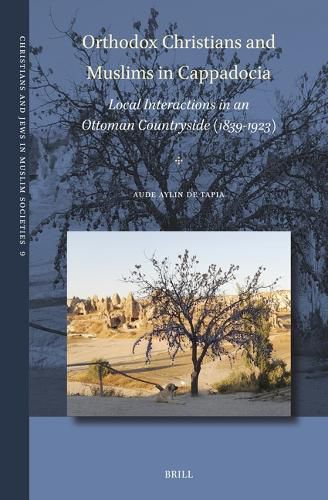Readings Newsletter
Become a Readings Member to make your shopping experience even easier.
Sign in or sign up for free!
You’re not far away from qualifying for FREE standard shipping within Australia
You’ve qualified for FREE standard shipping within Australia
The cart is loading…






This book traces the history of everyday relations of Greek-Orthodox Christians and Muslims of Cappadocia, an Ottoman countryside inhabited by various ethno-religious groups, either sharing the same settlements, or living in neighbouring villages. Based on Ottoman state archives, testimonies collected by the Centre of Asia Minor Studies, and various pre-1923 hand-written and printed sources mostly in Ottoman- and Karamanli-Turkish, and Greek, the study covers the period from 1839 to 1923 and proposes an anthropological perspective on everyday cross-religious interactions. It focuses on questions such as identification and mapping of communities, sharing of space and resources, use of languages, and religiosity in the context of conversions and of shared sacred spaces and beliefs to investigate everyday realities of a multireligious rural society which disappeared with the fall of the Empire.
$9.00 standard shipping within Australia
FREE standard shipping within Australia for orders over $100.00
Express & International shipping calculated at checkout
This book traces the history of everyday relations of Greek-Orthodox Christians and Muslims of Cappadocia, an Ottoman countryside inhabited by various ethno-religious groups, either sharing the same settlements, or living in neighbouring villages. Based on Ottoman state archives, testimonies collected by the Centre of Asia Minor Studies, and various pre-1923 hand-written and printed sources mostly in Ottoman- and Karamanli-Turkish, and Greek, the study covers the period from 1839 to 1923 and proposes an anthropological perspective on everyday cross-religious interactions. It focuses on questions such as identification and mapping of communities, sharing of space and resources, use of languages, and religiosity in the context of conversions and of shared sacred spaces and beliefs to investigate everyday realities of a multireligious rural society which disappeared with the fall of the Empire.